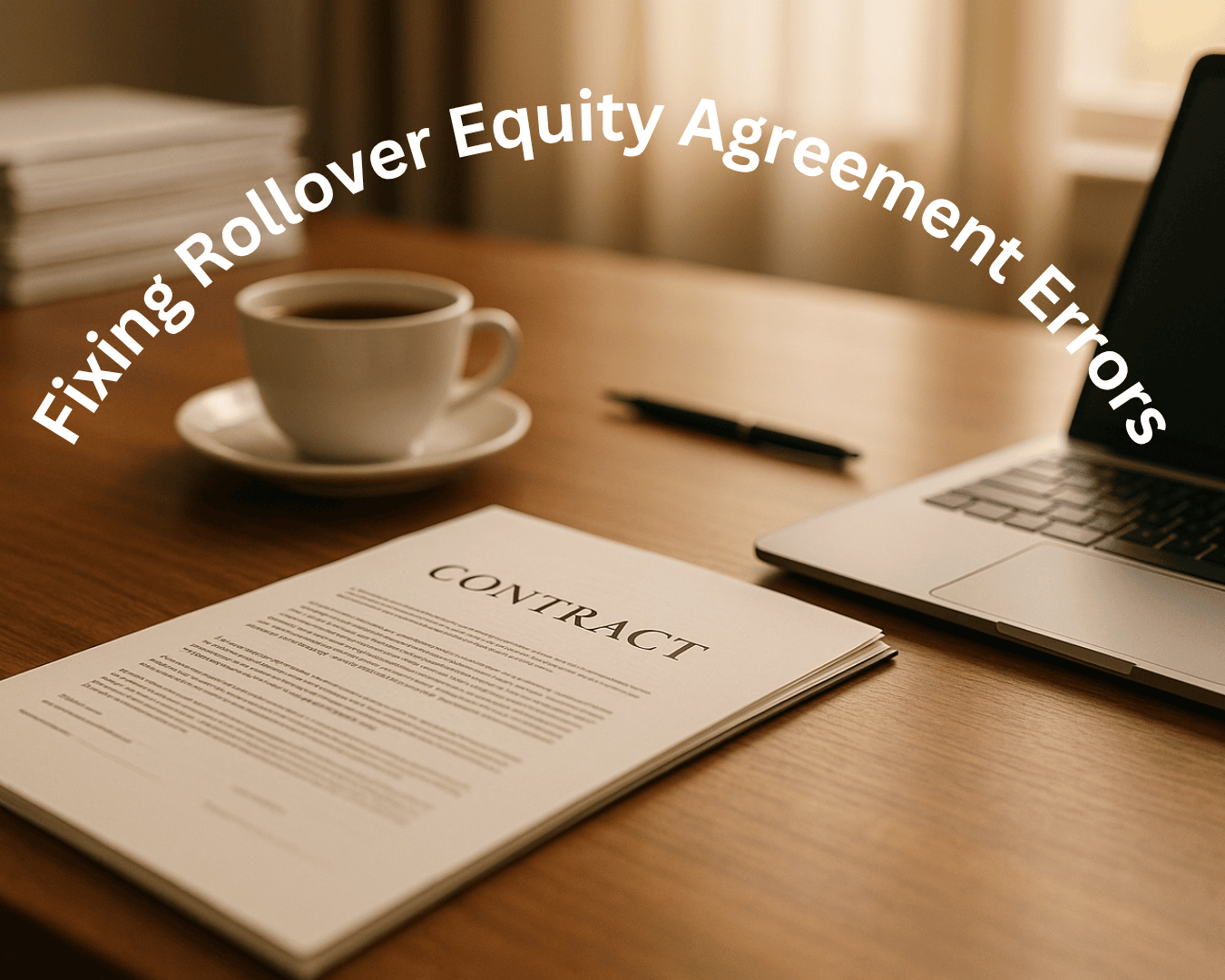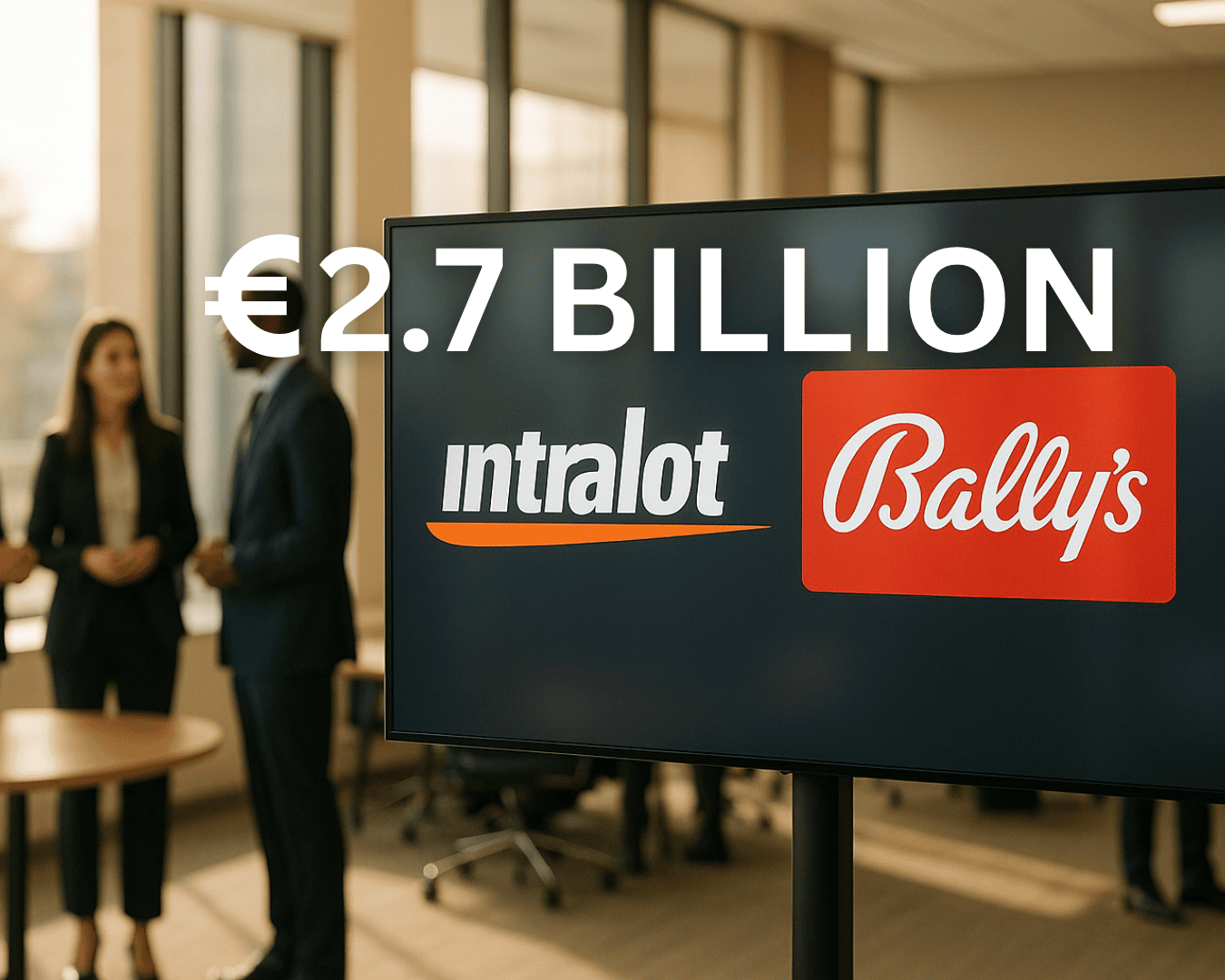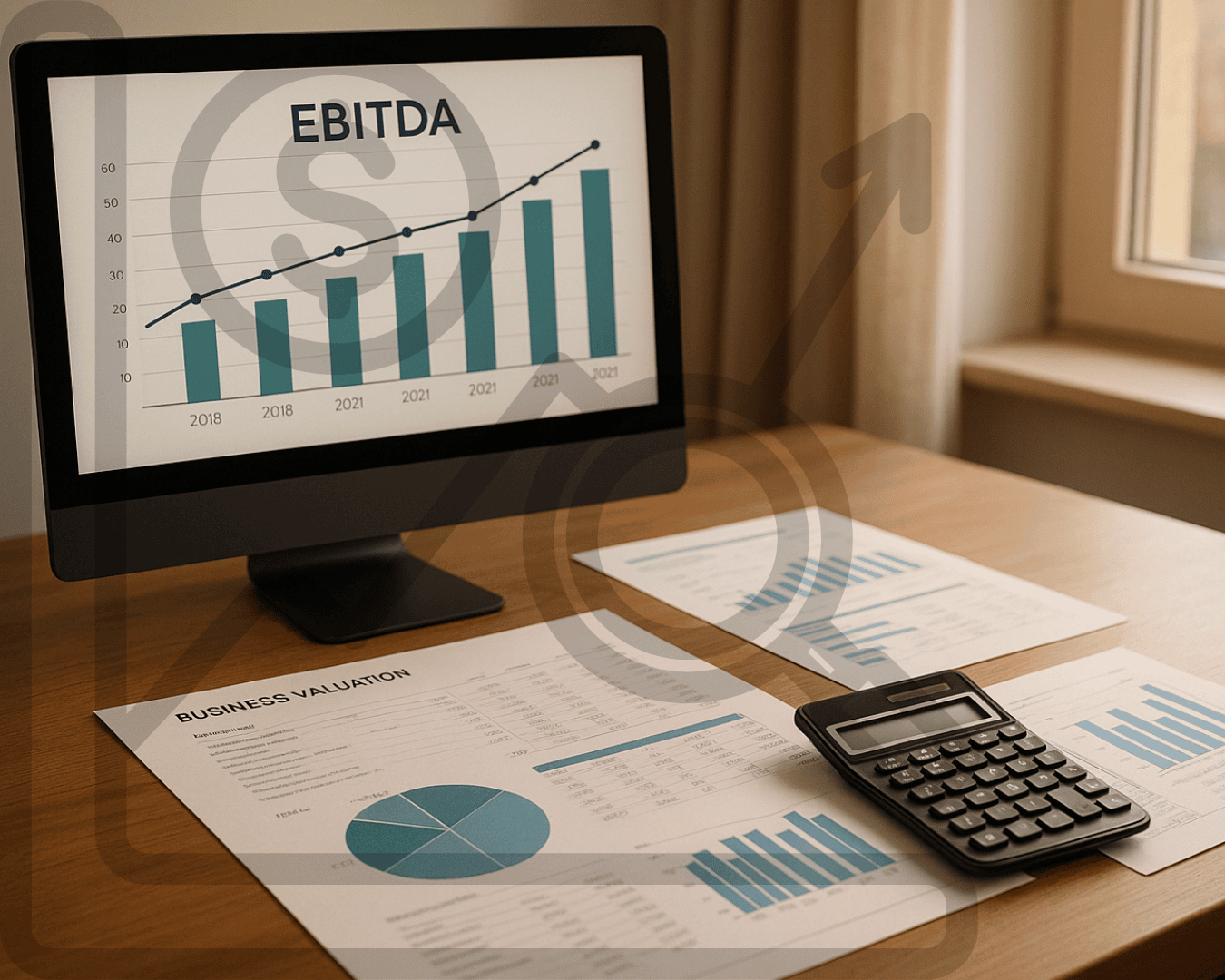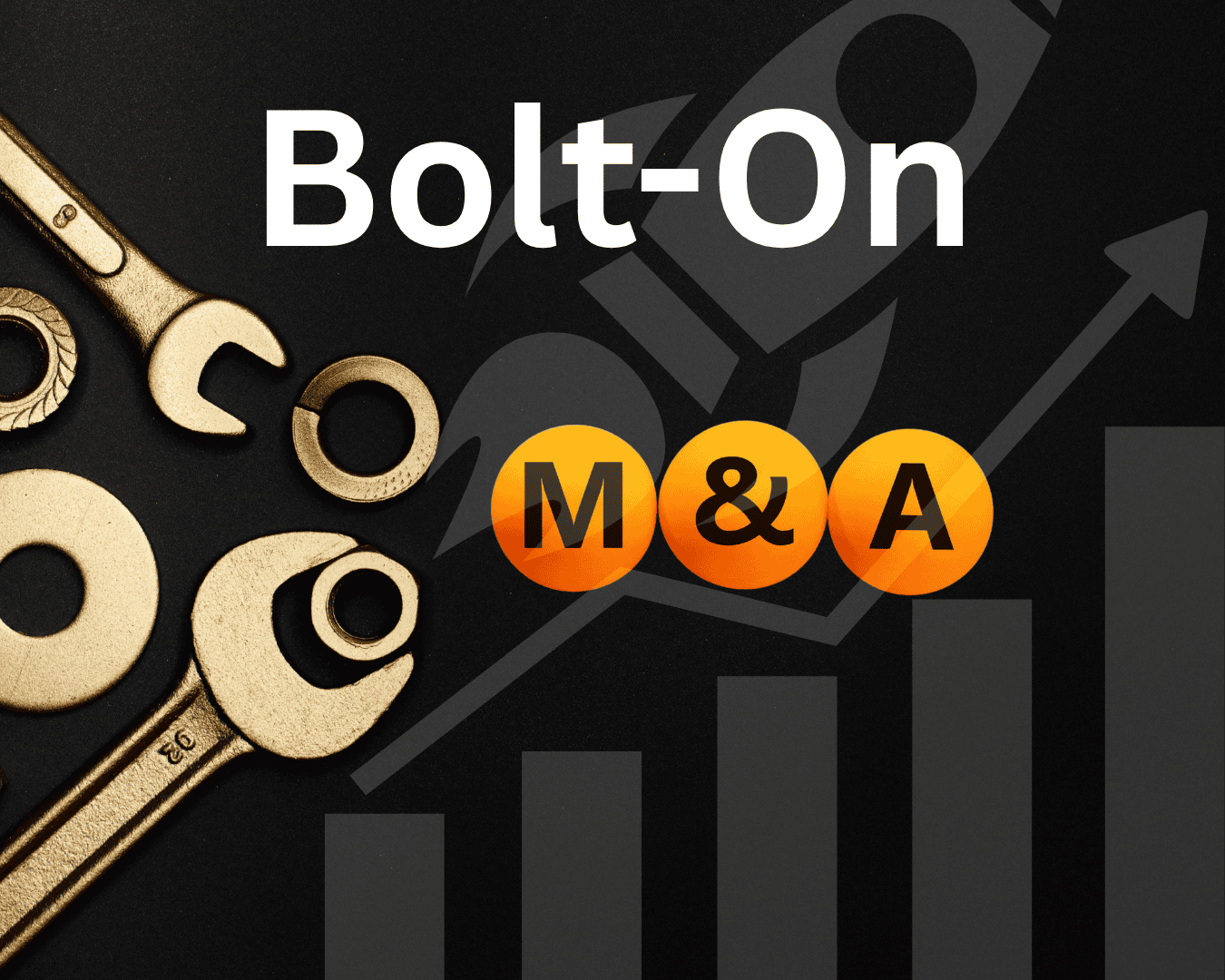Forensic accounting is key to identifying financial fraud in mergers and acquisitions (M&A). These transactions often involve high stakes, making them vulnerable to risks like inflated earnings, hidden liabilities, and vendor fraud. Forensic accountants use advanced tools, such as AI-powered data analysis and digital forensics, to spot issues traditional due diligence may miss. Here’s what you need to know:
- Common Fraud Risks: Manipulated financial statements (e.g., inflated EBITDA), undisclosed liabilities, asset misappropriation, and vendor fraud.
- Methods Used: Transaction tracing, document verification, stakeholder interviews, and digital forensics.
- Technology in Fraud Detection: AI tools reduce manual review time by up to 70%, while secure data rooms protect sensitive information.
- Prevention Tips: Conduct thorough due diligence, implement strong internal controls, and monitor financial activity post-acquisition.
Forensic accounting safeguards M&A deals by exposing hidden risks and ensuring transparency, protecting businesses from costly mistakes.
Episode 3: Evaluating Startup Quality of Earnings with John Samore III (Certified Fraud Examiner)
Common Fraud Risks in M&A Transactions
Mergers and acquisitions (M&A) often move quickly and involve intricate deal structures, creating opportunities for fraud that can result in significant financial losses for buyers. Knowing these risks is crucial to safeguarding your investment. Below are some of the key areas where fraud can occur during M&A transactions.
Financial Statement Manipulation
One of the most common fraud tactics in M&A involves inflating EBITDA. Sellers may manipulate earnings by recognizing revenue earlier than earned or deferring expenses to make the company appear more profitable than it actually is.
Revenue overstatement is another frequent issue. This can involve recording revenue from incomplete contracts, inflating transaction values, or treating one-time gains as if they were recurring income. These practices paint a misleading picture of consistent growth.
On the flip side, expense understatement is used to artificially boost profit margins. Companies might delay maintenance costs, hold off on paying vendors, or reclassify operating expenses as capital expenditures. These actions give the illusion of greater operational efficiency.
The consequences of these manipulations are significant. Buyers relying on distorted financial statements may overpay for a company, often driven by inflated performance metrics. EBITDA fraud is particularly prevalent in M&A and can lead to lawsuits or regulatory action when uncovered after the deal closes.
Hidden Liabilities and Asset Misappropriation
Undisclosed liabilities represent a major risk in M&A. These might include unpaid taxes, outstanding loans, or overdue payments to vendors. Legal issues, such as pending lawsuits or regulatory investigations, can also go unnoticed during due diligence but may result in substantial financial exposure later.
Asset misappropriation is another concern. This involves the misuse or outright theft of company resources by insiders. Examples range from unauthorized personal use of company assets to embezzlement. Even minor cases of misappropriation can add up and distort the true value of the business.
These hidden liabilities and misappropriations can create unexpected financial burdens for buyers. They may complicate post-acquisition planning, requiring additional capital or leading to unforeseen legal costs. Furthermore, they often expose weaknesses in vendor management and contract oversight.
Vendor and Contract Fraud
Fraud involving vendors and contracts is another area buyers must scrutinize. False invoicing schemes are a common tactic, where fictitious vendors are created, or legitimate invoices are inflated to divert funds. Some companies may even pay "ghost vendors" for services or goods that were never delivered. Without strong internal controls, these schemes can go undetected for years.
Fraudulent contracts also pose a risk. These may include terms that disproportionately benefit third parties, often signaling kickbacks or corruption. Undisclosed side agreements can further create financial obligations that remain hidden during due diligence.
Insider dealing adds another layer of complexity. For instance, employees or executives with financial ties to vendor companies might steer contracts toward these vendors at inflated prices or approve payments for substandard work. Identifying such practices often requires a thorough review of vendor relationships and contract terms.
Red flags include payments to unfamiliar vendors, contracts with unusually favorable terms for third parties, and discrepancies between invoiced amounts and the actual value of goods or services received. Forensic accountants frequently look for unusual patterns in vendor payments, sudden spikes in certain expense categories, or vendors lacking proper credentials.
The overall impact of vendor and contract fraud is a distortion of operating expenses. This not only obscures the true efficiency of the target company but also complicates the integration process after the acquisition.
Forensic Accounting Methods for Fraud Detection
Forensic accountants use a mix of investigative skills and cutting-edge technology to uncover financial misconduct during mergers and acquisitions (M&A). Their approach digs deeper than standard due diligence, analyzing financial records, verifying documents, and engaging with key stakeholders to identify irregularities that might otherwise go unnoticed.
Data Analysis and Transaction Tracing
AI-powered data mining tools play a key role in spotting unusual transaction patterns quickly. By tracing the flow of funds between accounts and entities, forensic accountants can expose activities like embezzlement or money laundering. For instance, tracking payments to shell companies or identifying unexplained fund transfers often uncovers signs of financial misconduct.
Ratio and trend analysis is another powerful technique. It flags sudden shifts in financial metrics that could indicate fraud. For example, a sharp rise in gross margins or a drop in cash flow compared to reported profits might point to revenue inflation or manipulated earnings. In one case, transaction tracing revealed multiple payments to a shell company secretly owned by a senior manager. This discovery exposed a pattern of embezzlement, leading to legal action and the recovery of stolen funds.
Document and Contract Verification
Verifying the authenticity of financial documents is crucial in detecting fraud. Forensic accountants carefully examine financial statements, contracts, and invoices for any signs of tampering or fabrication. Tools like bank reconciliation help uncover discrepancies between internal records and bank statements. Additionally, reviewing supporting documents - such as purchase orders and delivery receipts - can highlight missing or mismatched details that may indicate fraudulent activity. These findings often prompt further investigation through interviews and digital forensics.
Stakeholder Interviews and Digital Forensics
Interviews with key stakeholders can shed light on internal process gaps or potential collusion. Meanwhile, digital forensics dives into electronic records, emails, and access logs to back up findings. This approach can recover deleted files, trace digital activity, and confirm evidence gathered during interviews, creating a fuller picture of financial misconduct.
The Association of Certified Fraud Examiners reports that asset misappropriation accounts for 86% of occupational fraud cases, with a median loss of $100,000 per case. Although less frequent, financial statement fraud - representing 9% of cases - results in much higher median losses, averaging $593,000 per case.
Together, these methods form a comprehensive framework for detecting fraud during M&A transactions.
sbb-itb-a3ef7c1
Using Technology in Fraud Detection
Technology is reshaping forensic accounting in mergers and acquisitions (M&A) by enabling the analysis of vast datasets, uncovering irregularities, and safeguarding sensitive evidence. Below, we’ll explore how specialized AI tools and secure systems are driving these advancements.
AI-Driven Fraud Detection Tools
AI has revolutionized how financial transactions are reviewed, automating processes that previously required weeks of manual effort. Using machine learning, these tools analyze transactions, flagging irregularities that could indicate fraud. What’s more, these systems continuously improve, learning from past investigations to enhance accuracy while reducing the workload for forensic teams.
Industry data shows that AI-powered forensic accounting tools can cut manual review time by up to 70% and boost fraud detection rates by 30–50% compared to traditional methods. This allows forensic accountants to focus their expertise on the most critical risks identified by AI systems.
Top platforms in this space offer features like automated transaction tracing, anomaly detection, predictive analytics, and real-time monitoring. By integrating seamlessly with financial systems, these tools generate risk scores, highlight potential issues, and present findings through user-friendly dashboards.
A real-world example from Q2 2024 highlights the impact of these tools. In a mid-market M&A deal involving a U.S. manufacturing firm, an AI-driven platform uncovered $2.7 million in unreported liabilities and questionable vendor payments. This discovery prompted the buyer to pause the deal and renegotiate, ultimately saving an estimated $1.5 million in potential losses.
Secure Data Rooms and Digital Evidence Management
AI isn’t the only tool transforming fraud detection. Secure digital environments, like secure data rooms, play a vital role in protecting sensitive documents during M&A transactions. These encrypted platforms restrict access to authorized users and maintain detailed audit trails of all activity, ensuring transparency and security.
A 2024 survey revealed that over 60% of U.S. M&A professionals rely on secure data rooms to reduce fraud risks. These platforms offer essential features such as version control, time-stamped backups, and standardized naming conventions, all of which support legal defensibility.
Audit trail capabilities have proven particularly useful in fraud investigations. For instance, in one case, logs from a secure data room exposed unauthorized access to documents, revealing an insider threat. This discovery led to enhanced security measures, preventing sensitive information from being compromised.
Best practices for managing digital evidence include keeping detailed logs of document access, maintaining original files with clear chain-of-custody records, and conducting routine audits of data room protocols. These steps ensure that digital evidence remains reliable and admissible in legal proceedings.
Best Practices for Reducing Fraud Risk in M&A
Preventing fraud in mergers and acquisitions (M&A) demands a structured approach, starting from the initial deal assessment and extending through post-acquisition integration. According to the Association of Certified Fraud Examiners, organizations lose around 5% of their annual revenues to fraud. In the U.S., the median loss per case reached $125,000, as reported in their 2022 Report to the Nations. These figures highlight the importance of taking proactive steps to safeguard M&A investments.
Complete Due Diligence
Due diligence is your first and most crucial defense against fraud in M&A. It’s not just about reviewing financial statements - it requires a deep forensic dive into the target company’s operations, financials, and compliance history.
Start by analyzing financial data for at least the last three to five years. Look for trends in revenue, profit margins, cash flow, and debt levels. These numbers don’t just reveal the company’s financial health - they can also expose red flags like inflated earnings or hidden liabilities.
Be on the lookout for warning signs such as unexplained revenue spikes or drops, inflated EBITDA figures, irregular vendor payments, or missing and altered documents. Forensic accountants should carefully compare reported asset values with actual ones, check for sudden shifts in financial ratios, and investigate any signs of asset misappropriation.
Document verification is another key step. Scrutinize contracts, invoices, bank statements, and regulatory filings for inconsistencies or irregularities.
The Debt-to-Equity Ratio is a particularly useful metric for assessing financial leverage. This ratio shows whether a company is balancing its borrowing and ownership capital effectively or if it’s over-reliant on debt.
"The Debt-to-Equity Ratio Converter helps business owners and investors quickly assess how much of a company's operations are financed by debt versus owner equity. This ratio is a key indicator of financial leverage and risk - showing whether a business is overextended or maintaining a healthy balance between borrowing and ownership capital." - Clearly Acquired
In addition to reviewing the numbers, stakeholder interviews can provide insights that documents might not reveal. Conversations with key personnel can uncover knowledge of unusual transactions, pressures to meet financial targets, or compliance issues that require further investigation.
While due diligence lays the groundwork for fraud prevention, robust internal controls are essential to maintaining that protection.
Fraud Prevention Through Internal Controls
Strong internal controls act as a safeguard against fraudulent activities by creating barriers and identifying suspicious transactions. These controls should be implemented during the acquisition process and reinforced once the deal is finalized.
- Segregation of duties ensures no single individual has control over all aspects of a transaction. For instance, the person approving vendor payments shouldn’t be the one reconciling them.
- Approval hierarchies assign clear authorization levels for different transaction types and amounts. High-value purchases should require multiple approvals, and unusual transactions should trigger additional reviews.
- Regular internal audits keep financial controls and compliance procedures in check. Surprise audits in high-risk areas like cash handling and vendor payments can uncover issues before they escalate.
- Automated monitoring systems enhance real-time oversight by flagging anomalies, such as duplicate payments or sudden changes in vendor details.
Training employees is equally important. Educating staff about fraud schemes and compliance protocols fosters a culture of accountability and awareness, empowering them to recognize and report suspicious activities.
Once the acquisition is complete, monitoring and training become essential for maintaining these safeguards.
Post-Acquisition Monitoring and Training
After the deal closes, ongoing monitoring and training are critical to identifying new risks and ensuring internal controls remain effective.
- Ongoing financial reviews should continue the trend analysis started during due diligence. Monthly or quarterly reviews, combined with automated alerts, can quickly identify deviations that point to potential fraud.
- Keep an eye on key performance indicators like cash flow, expense reports, vendor payments, inventory levels, and financial ratios. These metrics can reveal irregularities early.
- Conduct periodic interviews with management and staff to uncover operational changes or risks that might not show up in financial data.
Extend audits beyond the annual cycle, focusing on both previously flagged high-risk areas and new vulnerabilities that arise during integration.
Employee training programs should remain a priority. Regular refresher courses can reinforce awareness of fraud risks, internal controls, and reporting mechanisms, ensuring vigilance across the organization.
During the integration phase, close monitoring is especially important. This transitional period - when systems, processes, and personnel are still adjusting - is particularly susceptible to fraud. Extra oversight during this time can make all the difference.
Conclusion: Protecting M&A Transactions with Forensic Accounting
Forensic accounting plays a critical role in safeguarding M&A transactions, shielding businesses from potential financial pitfalls. With organizations in the U.S. losing an estimated 5% of their annual revenues to fraud and median fraud-related losses hitting $125,000 per case, the investigative methods used by forensic accountants - such as data analysis, transaction tracing, stakeholder interviews, and digital forensics - are invaluable. These techniques uncover risks that traditional due diligence can overlook, whether it’s inflated EBITDA figures, asset misappropriation, or vendor fraud schemes. These insights help ensure fair valuations and protect the value of deals.
Technology has reshaped forensic accounting, with AI-powered tools now enabling rapid analysis of massive datasets and the detection of intricate fraud patterns. Secure data rooms and digital evidence management systems allow sensitive information to be handled with the care required for legal scrutiny. Platforms have further integrated these advancements, streamlining due diligence processes and enhancing fraud detection capabilities during M&A transactions.
Failing to incorporate forensic accounting into M&A transactions can lead to hidden fraud, inflated valuations, and costly legal battles that erode deal value and jeopardize business stability. On the other hand, involving forensic accountants early in the process, paired with strong internal controls and continuous monitoring, establishes a protective framework that supports informed decision-making and successful outcomes.
For business owners, investors, and M&A professionals navigating today’s complex market, forensic accounting is far more than a precaution - it's a smart investment in preserving business value and ensuring deal success. By combining expertise, advanced technology, and a systematic approach, forensic accounting can mean the difference between a transaction that creates lasting value and one that becomes an expensive lesson in the importance of thorough due diligence. Make forensic accounting a priority to safeguard every deal from hidden risks.
FAQs
What sets forensic accounting apart from traditional due diligence in M&A transactions?
Forensic accounting takes a step further than traditional due diligence by zeroing in on detecting potential fraud or financial irregularities in mergers and acquisitions. While conventional due diligence focuses on confirming financial data and assessing a company's overall health, forensic accounting employs specialized investigative methods to uncover hidden risks. These risks might include overstated earnings, concealed liabilities, or fraudulent practices.
By digging deeper, this approach provides buyers and investors with a more transparent view of a target business's financial integrity. It helps minimize the chances of unpleasant surprises after the deal is finalized.
What tools and techniques are used in forensic accounting to uncover fraud during mergers and acquisitions?
When it comes to mergers and acquisitions, forensic accounting plays a crucial role in spotting potential fraud. Professionals in this field rely on data analytics software to uncover unusual financial patterns and use AI-powered algorithms to highlight anomalies in transactions, revenue, or expenses.
On top of that, forensic accountants turn to digital forensic tools to track down electronic records, locate hidden assets, and confirm the accuracy of financial statements. These technologies allow for a deep dive into the target company’s financial condition, reducing fraud risks and safeguarding investments.
What are the best practices for preventing fraud after completing an M&A deal?
To protect against fraud following an M&A deal, businesses need to implement a range of ongoing measures. Start with consistent monitoring of financial activities, backed by strong internal controls and regular audits to catch any unusual patterns or discrepancies early. Leveraging advanced data analytics and technology can also strengthen your ability to detect and prevent fraudulent activities.
Equally important is fostering open communication across teams and promoting a culture of transparency throughout the newly combined organization. By taking these proactive steps, companies can better protect their investments and set the foundation for sustained success.
















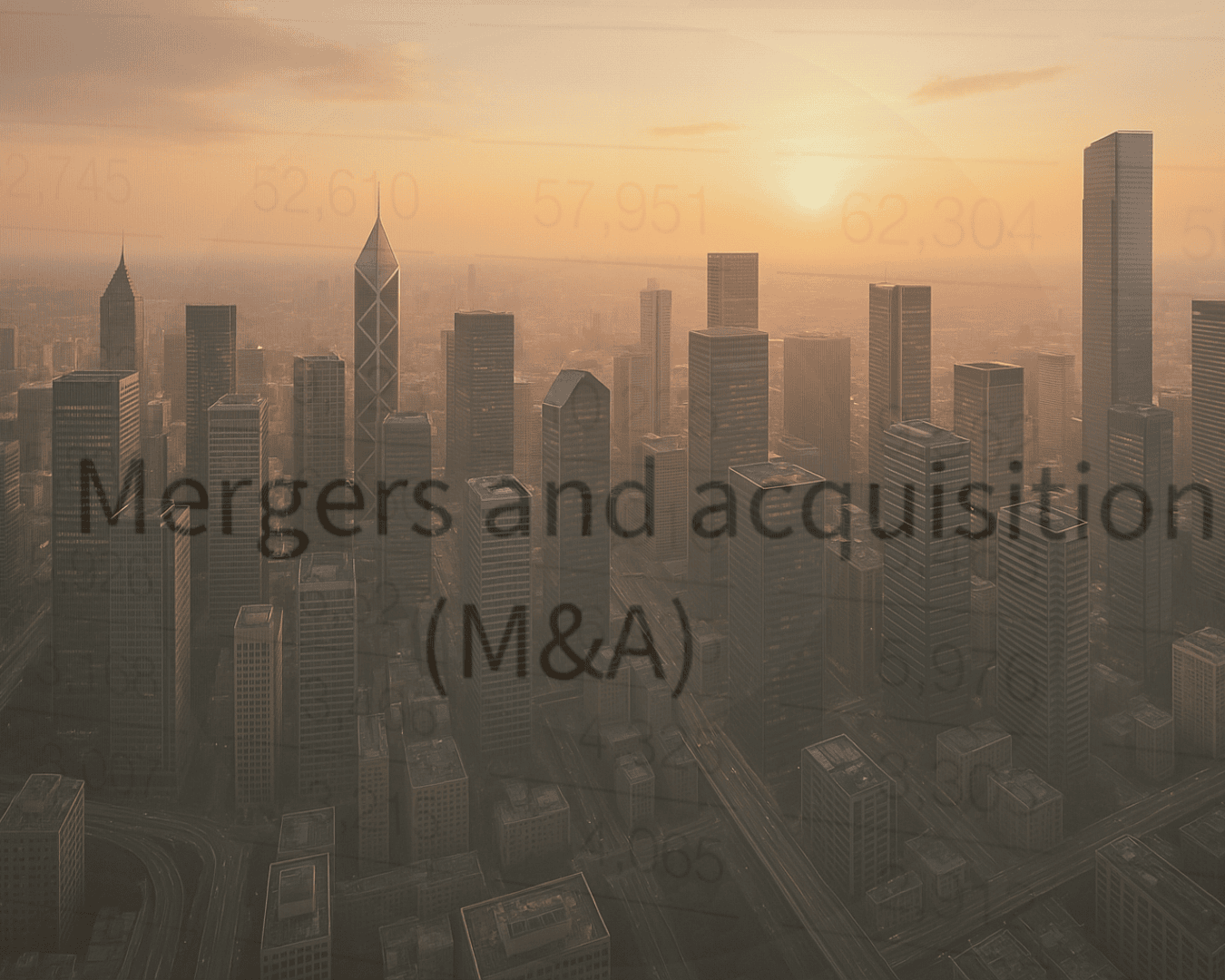




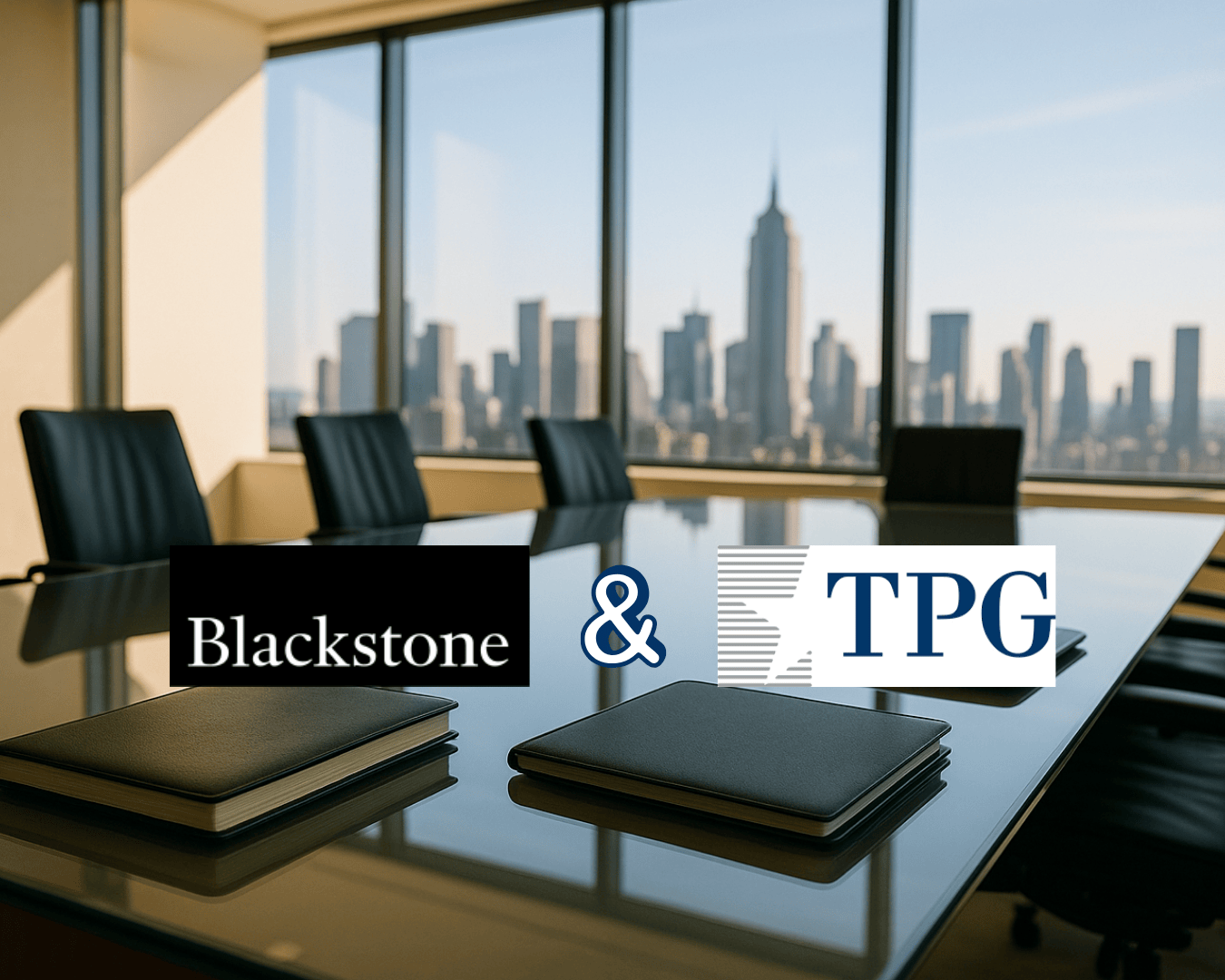





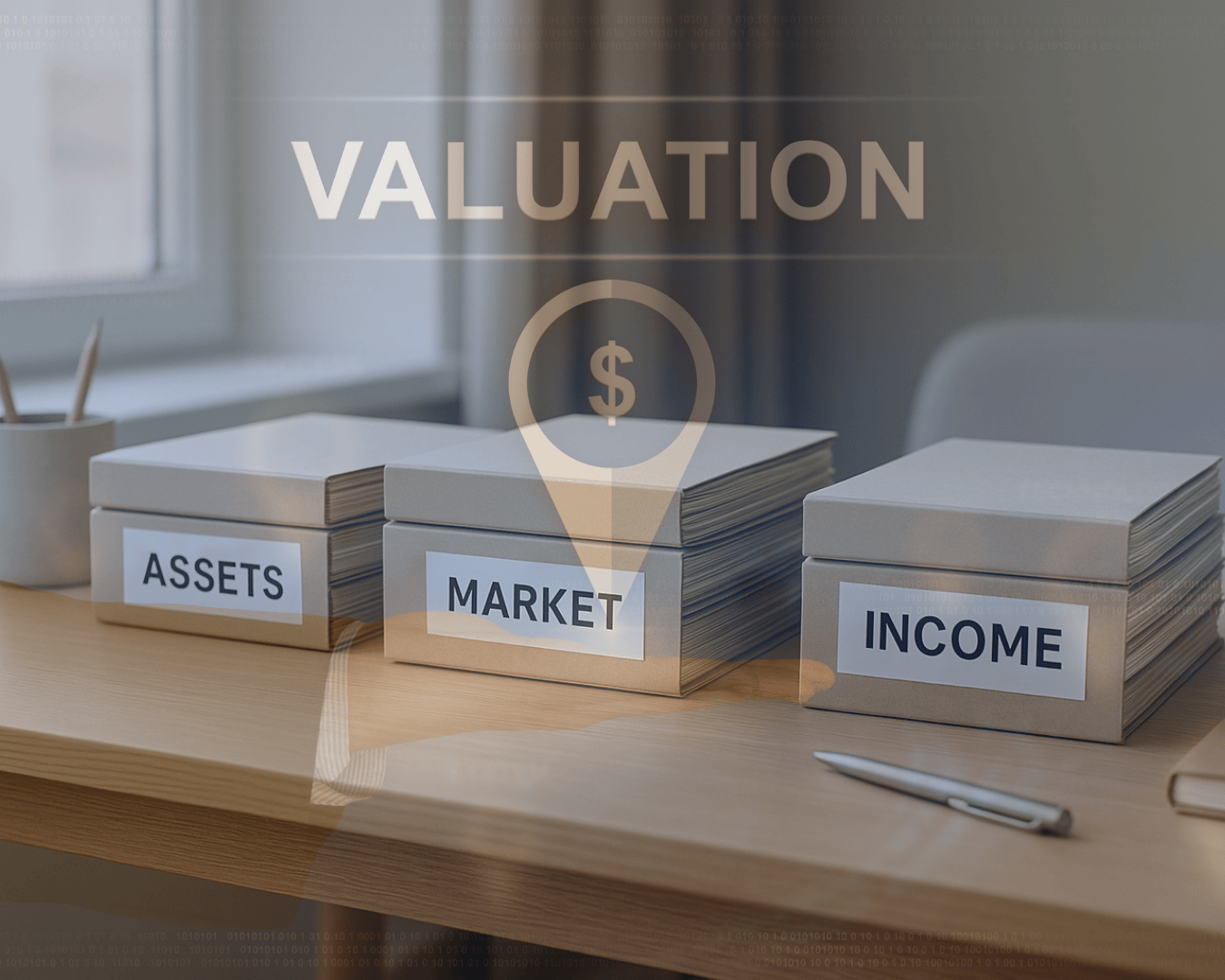












.png)




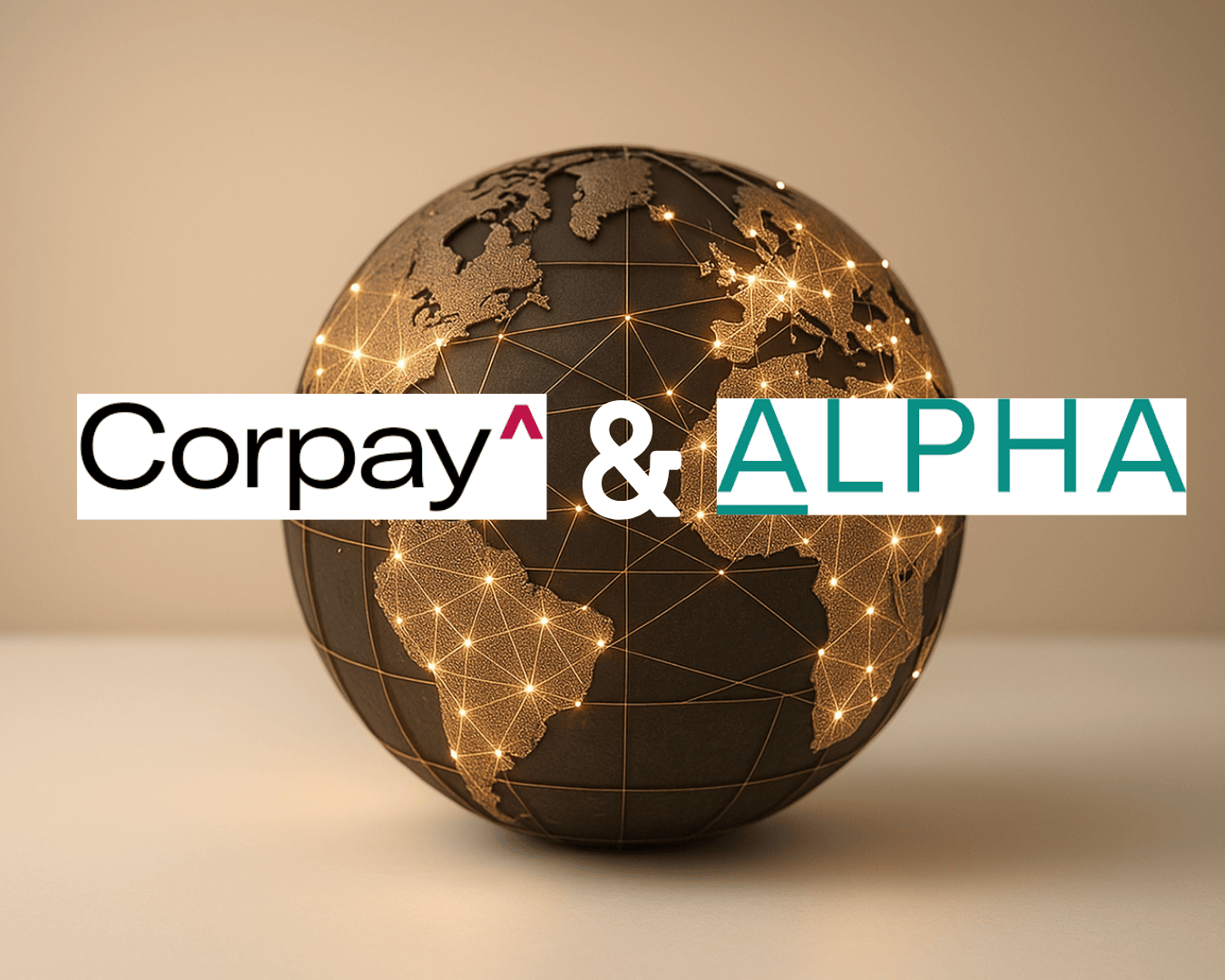

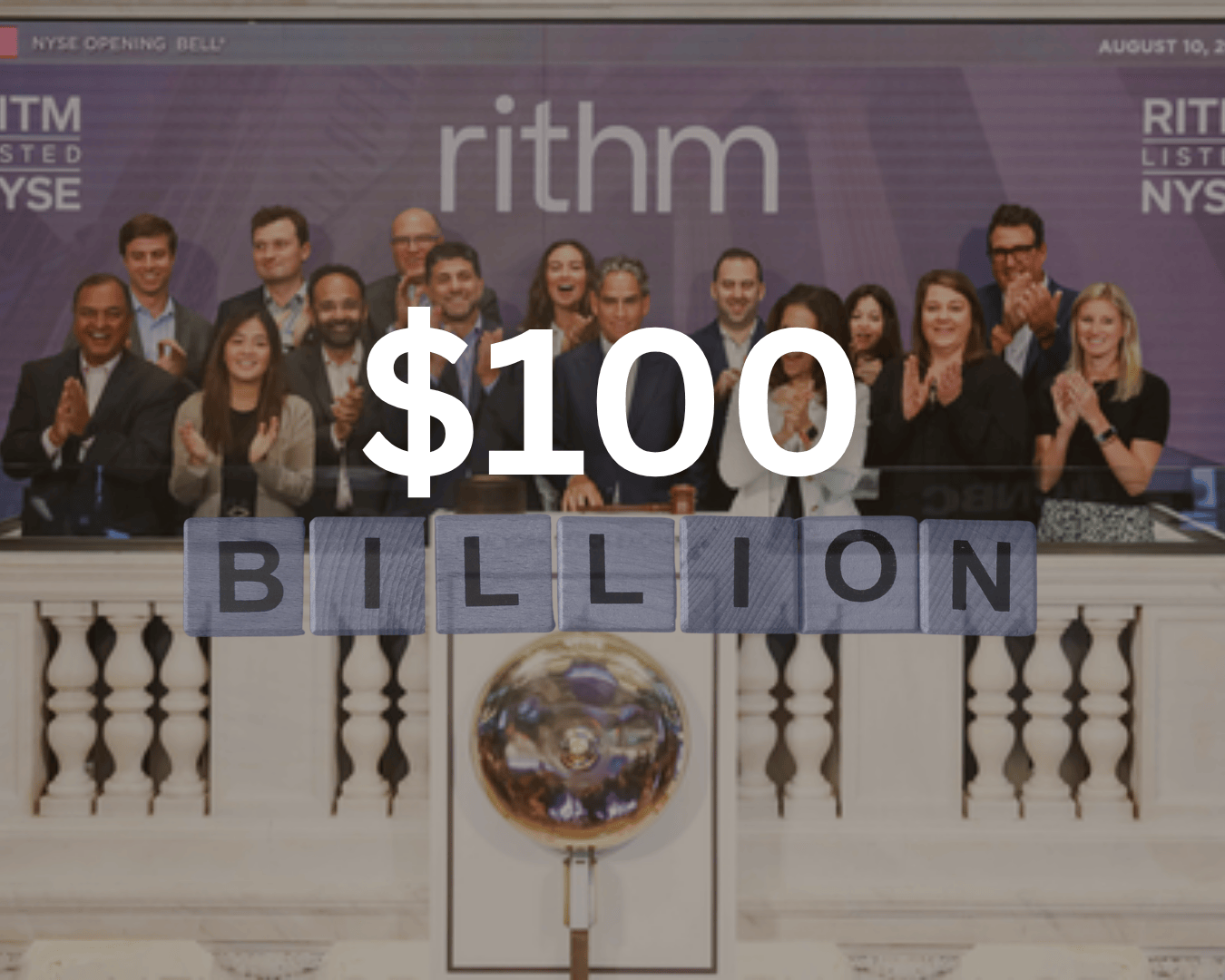















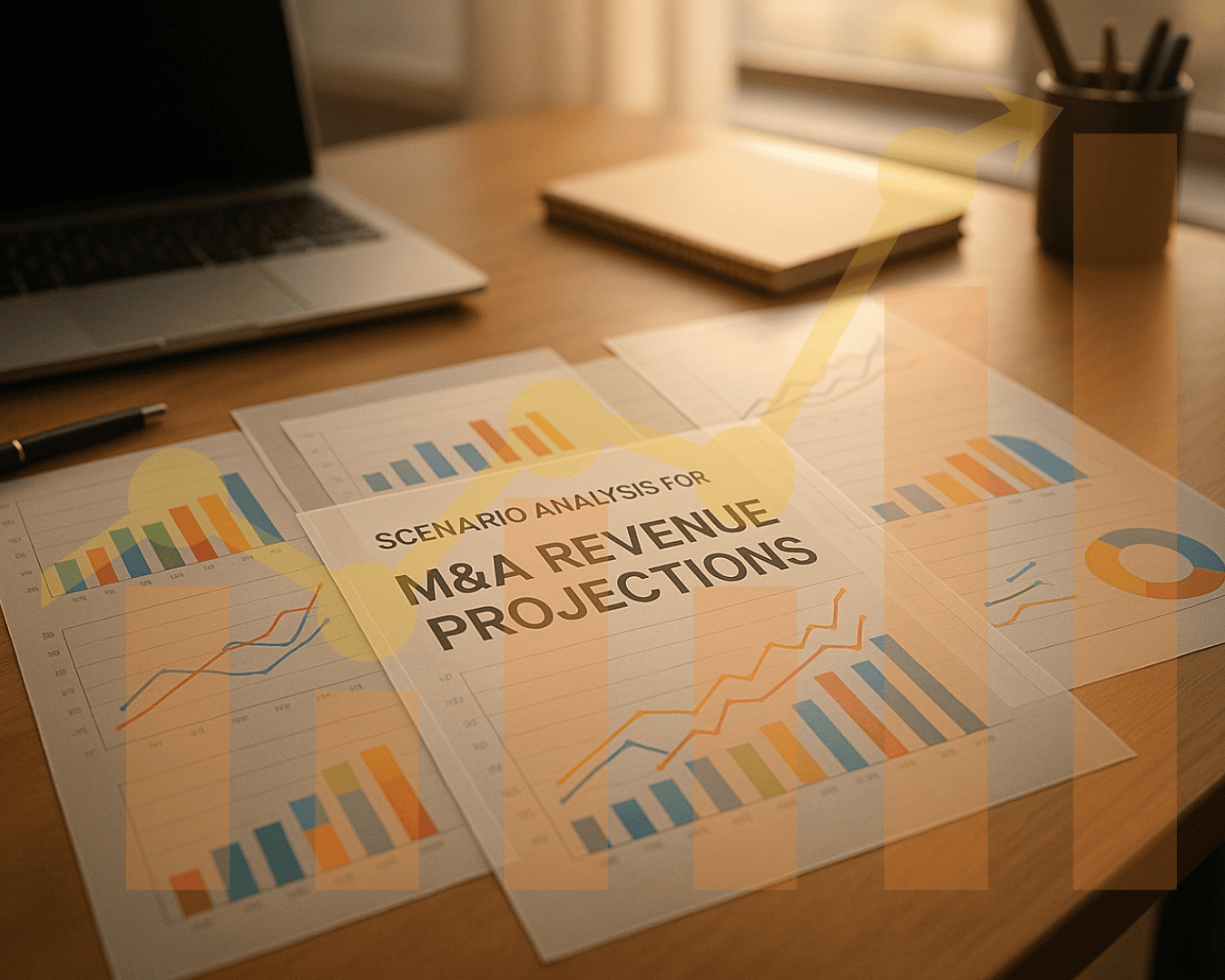
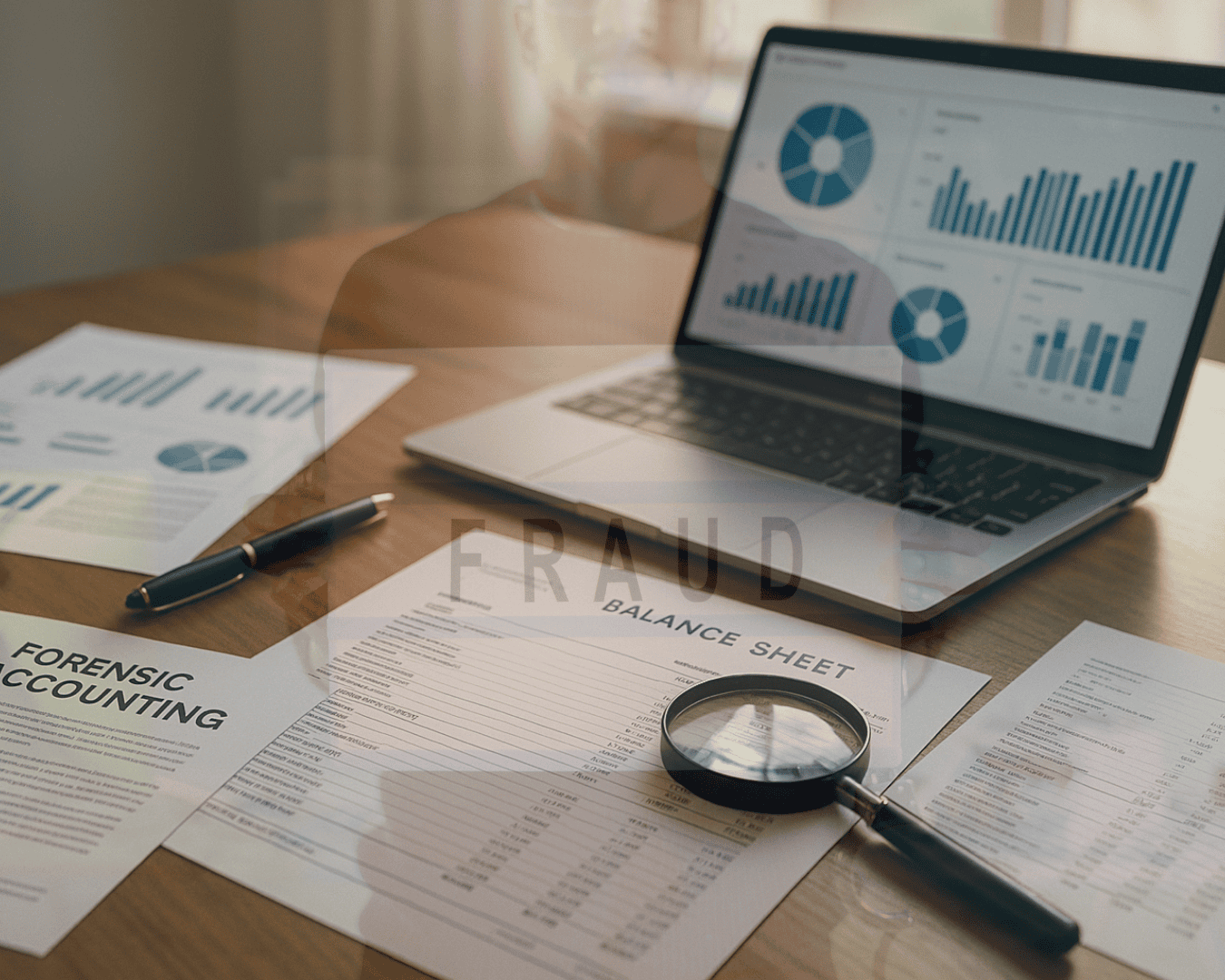




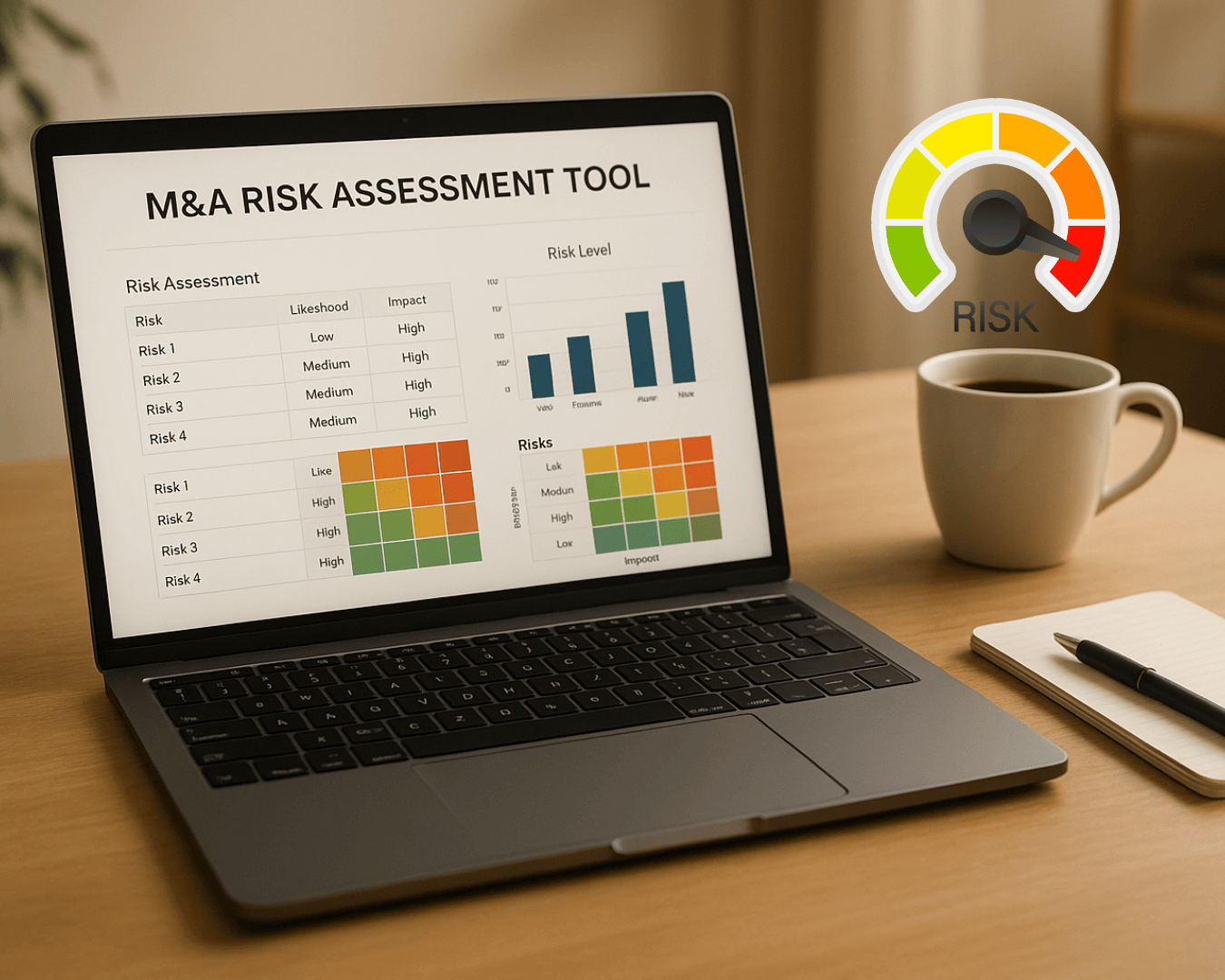

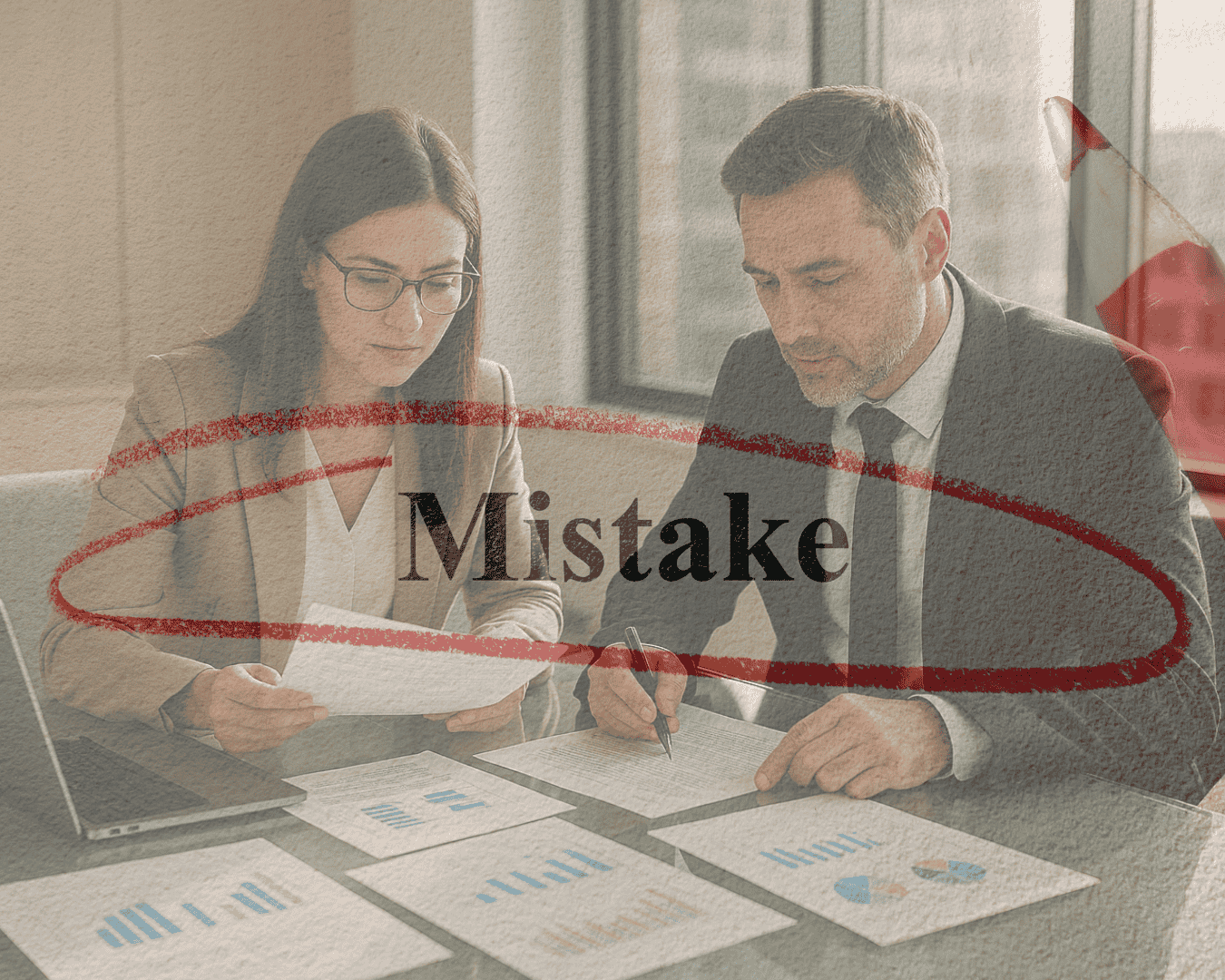









%20Loan%20Application%20Checklist.png)
